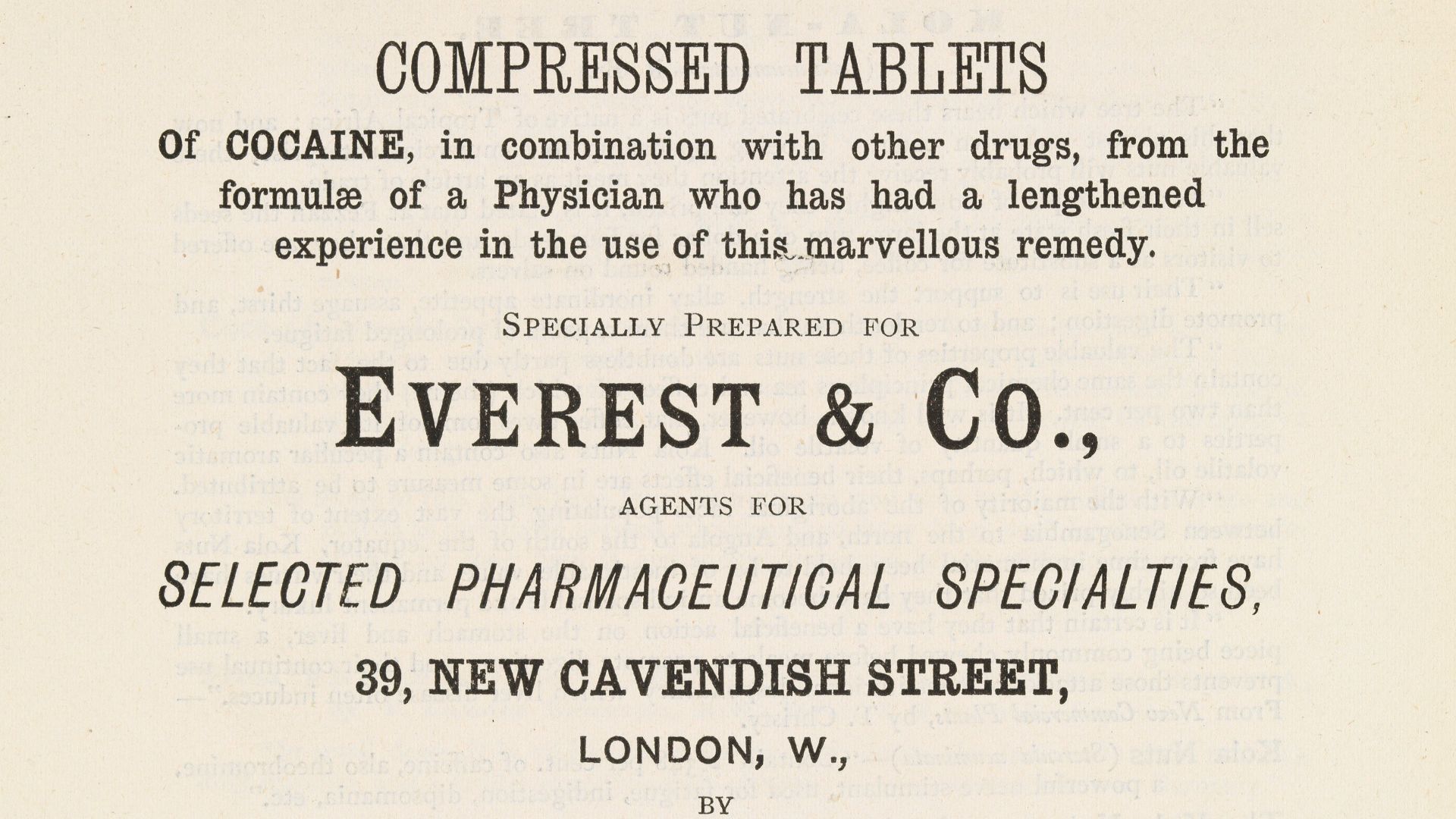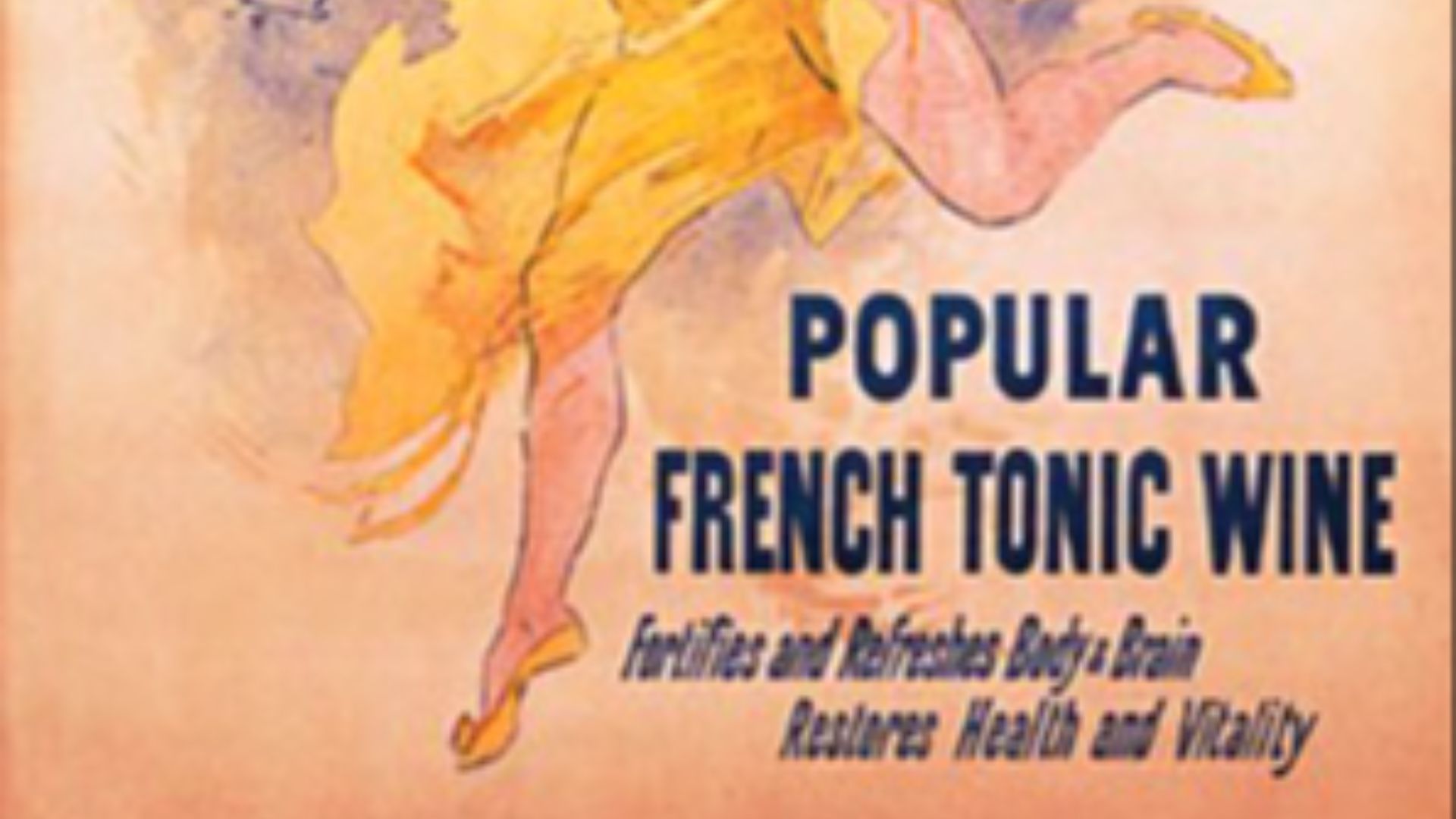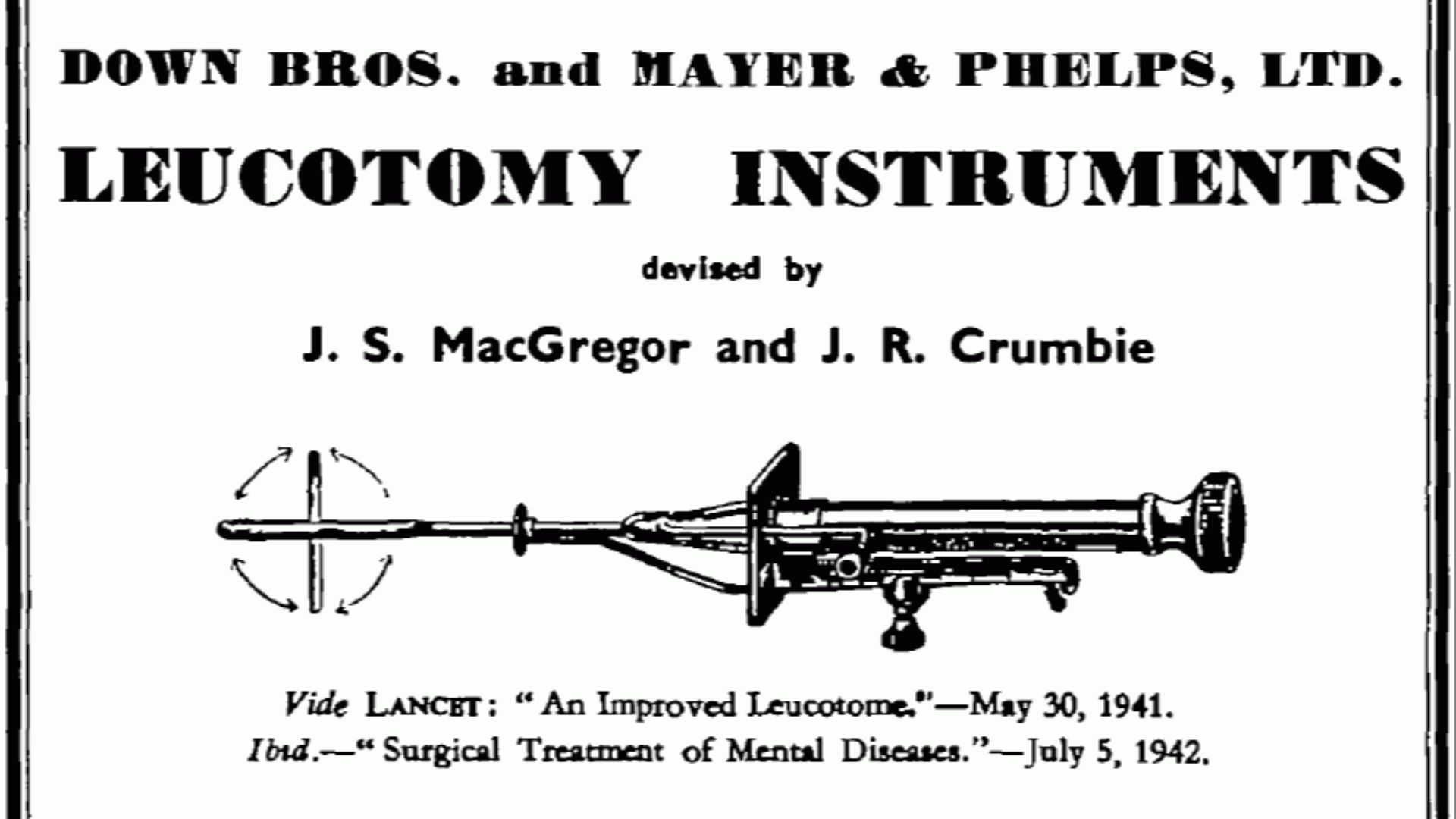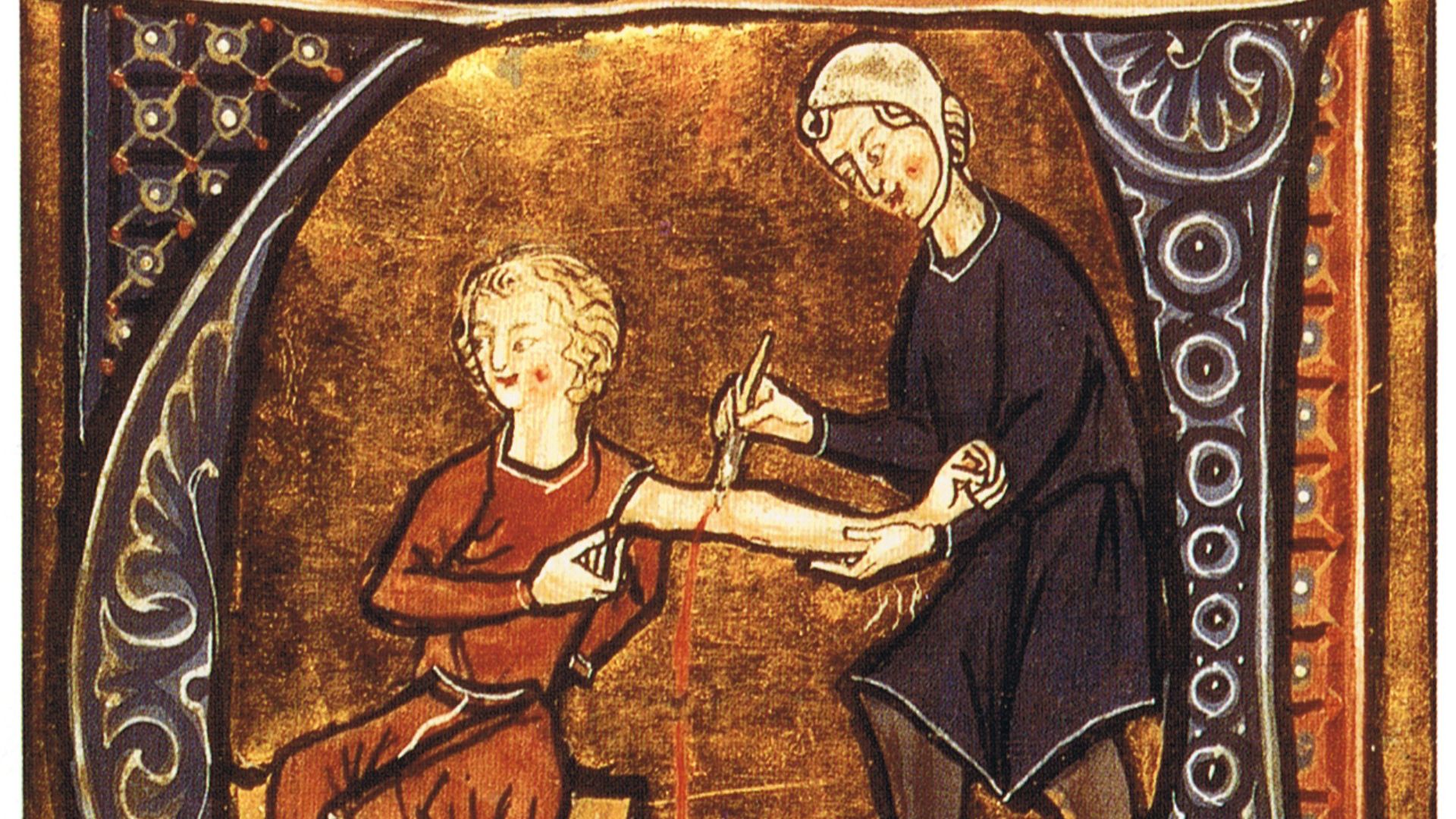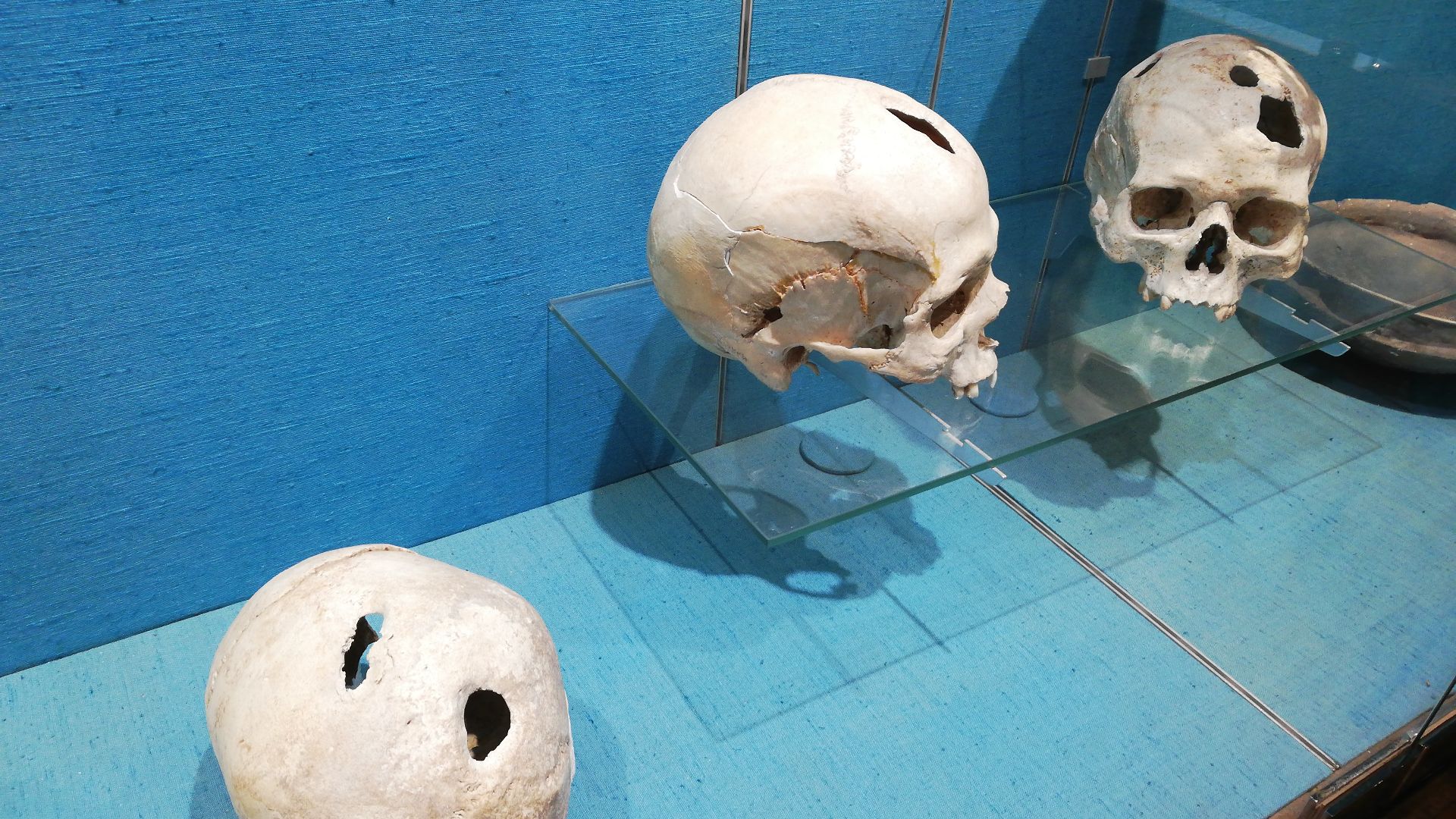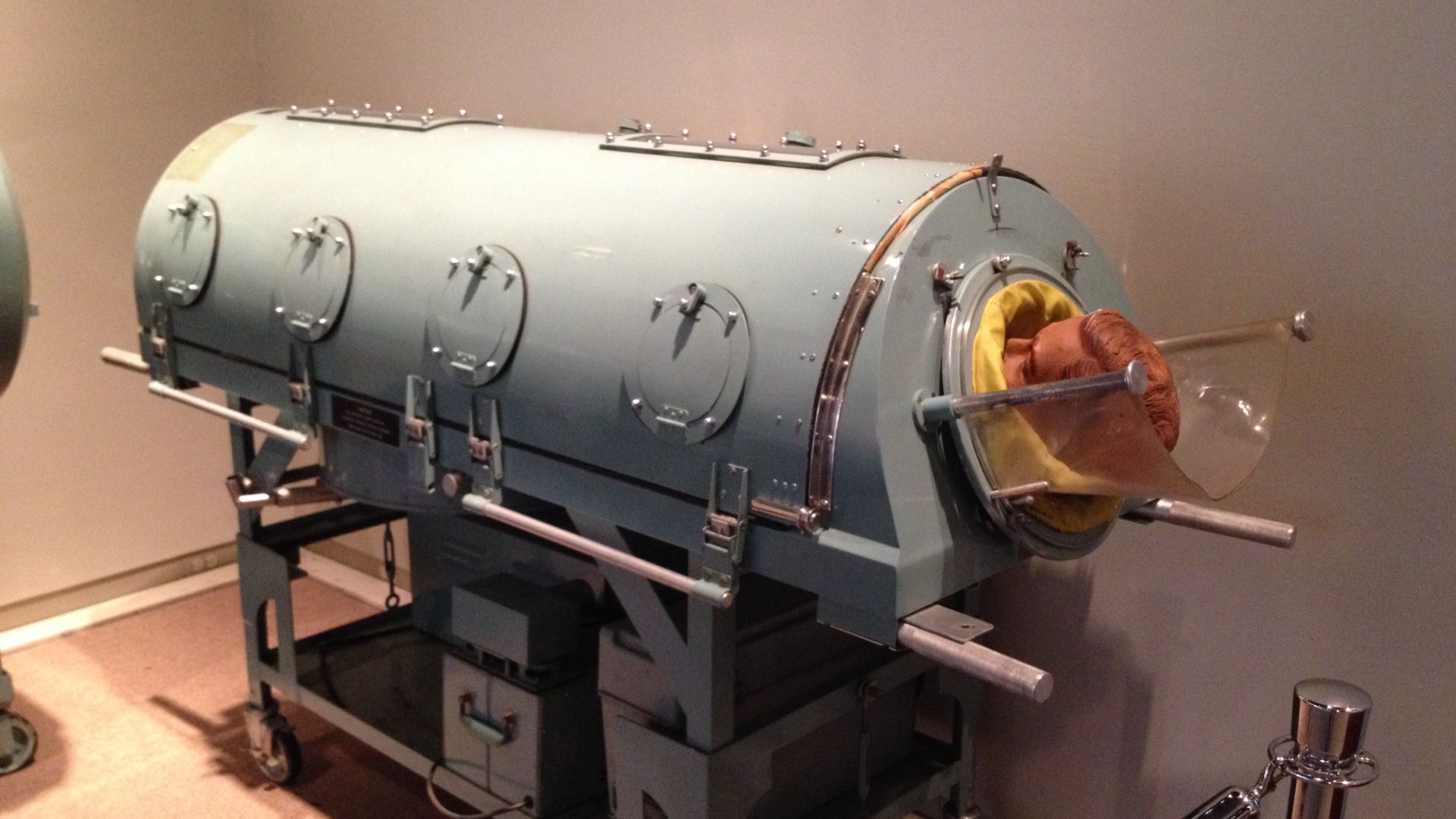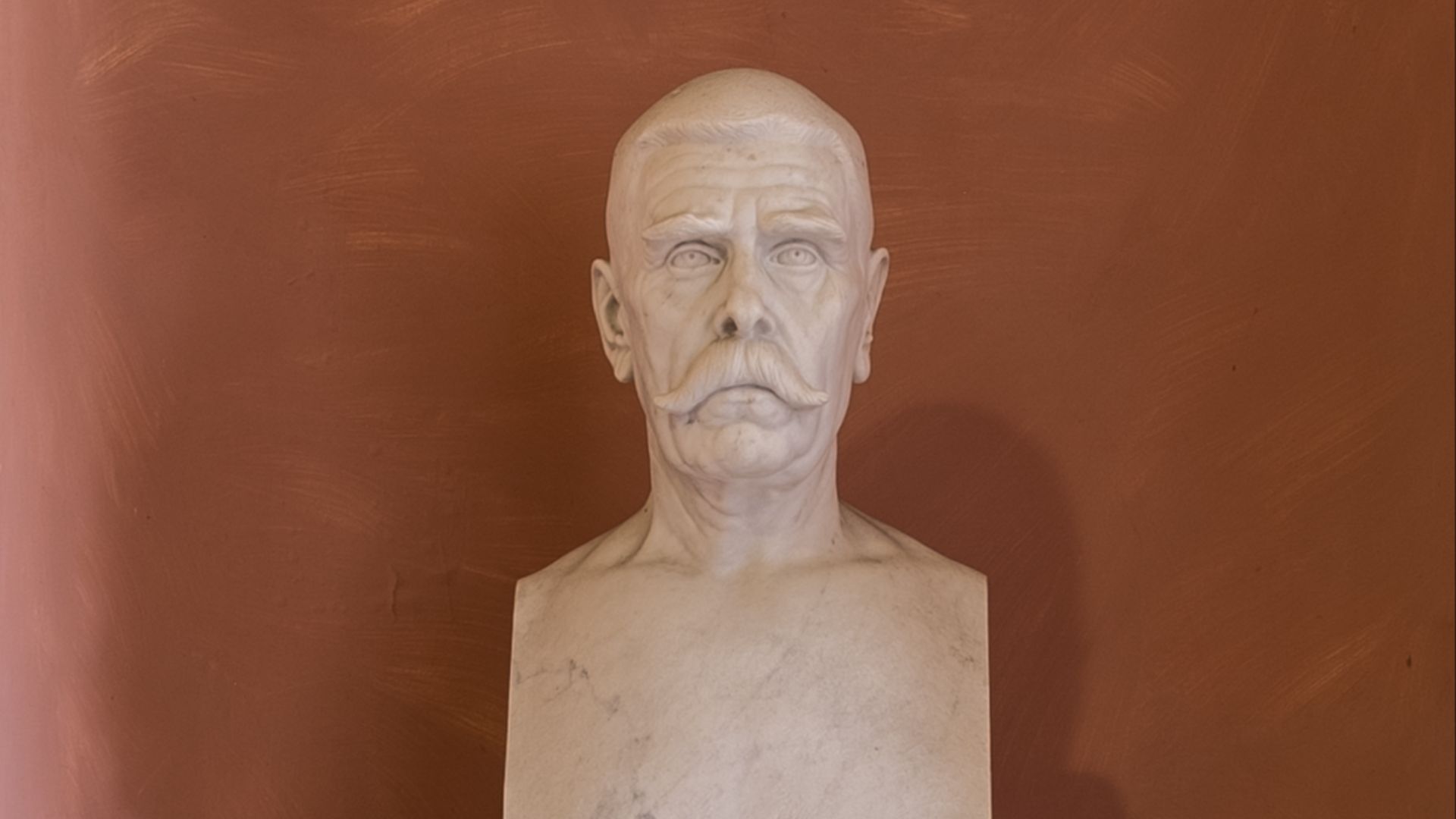Thankfully, We’ve Come a Long Way
People bicker with their doctors in today’s offices—imagine the ludicrous advice given during the 18th century. What seems dangerous and downright foolish to us now was actually revered as breakthrough advancements in medicine (though not all the time), and patients used all sorts of questionable methods. Let’s explore some of the wildest ones from the past.
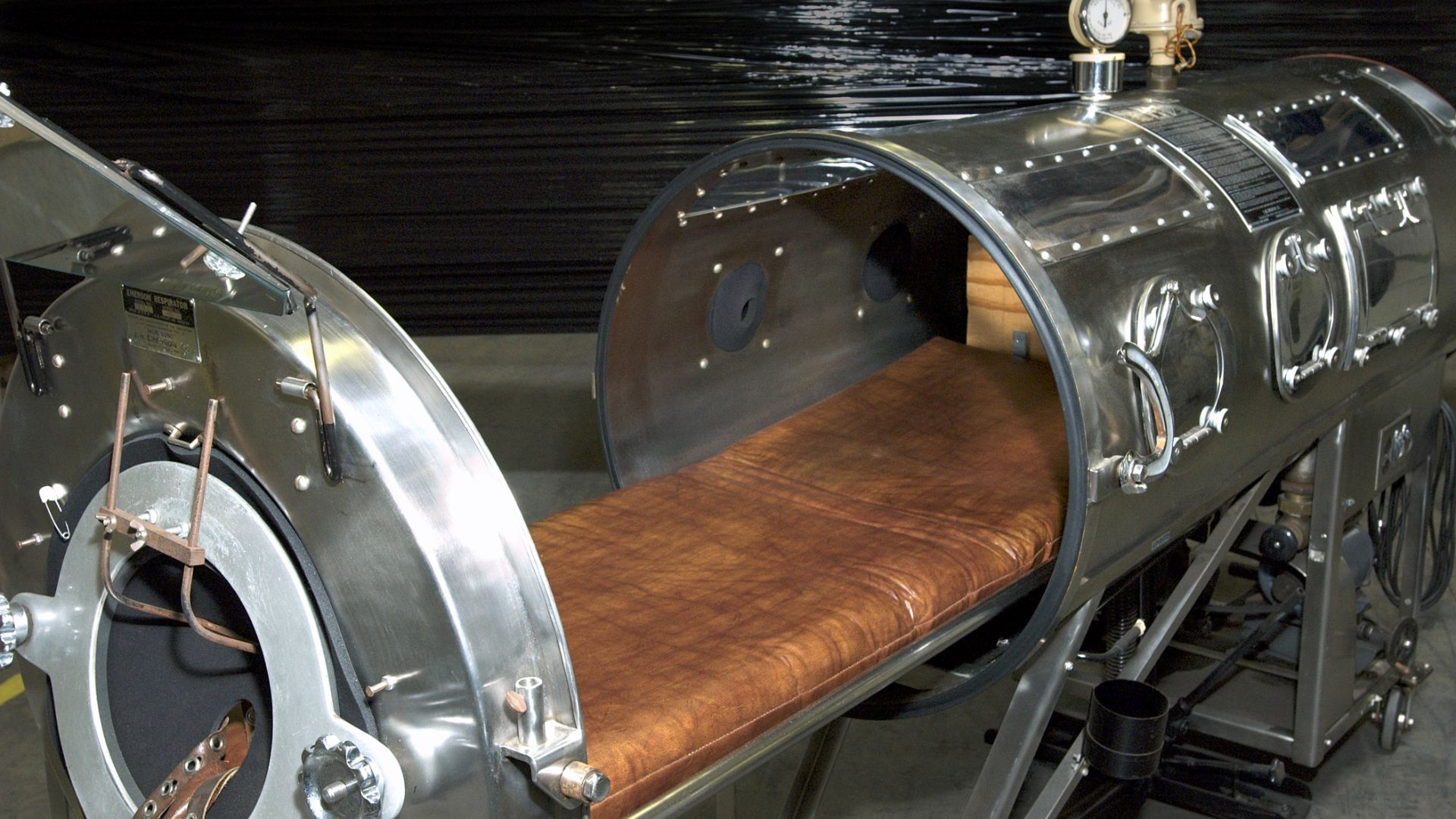 Photo Credit:
Content Providers(s): CDC/GHO/Mary Hilpertshauser on Wikimedia
Photo Credit:
Content Providers(s): CDC/GHO/Mary Hilpertshauser on Wikimedia
1. Methamphetamine for Weight Loss
First synthesized in 1893 by Japanese chemist Nagai Nagayoshi, this supposed cure-all was used in a multitude of ways. Patients turned to it for depression symptoms, reduced appetite, or weight loss. In fact, some ads boasted that just 5mg could elevate your mood and “dispel abnormal craving for food.”
 Ad: Rexar Pharmacals Corp. on Wikimedia
Ad: Rexar Pharmacals Corp. on Wikimedia
2. Blow for Headaches
We don’t mean Nintendo cartridge blowing—we’re talking about the white stuff. Back in the day, you could grab a box of tablets for just 50 cents, and advertisers claimed they cured anything from sleeplessness to headaches.
3. Milk Transfusions
As a society, we didn’t figure out different blood types until the 1900s. Sadly, this meant that 19th-century patients were subjected to milk transfusions; scientists believed that it made a suitable substitute, and would actually turn into white blood cells.
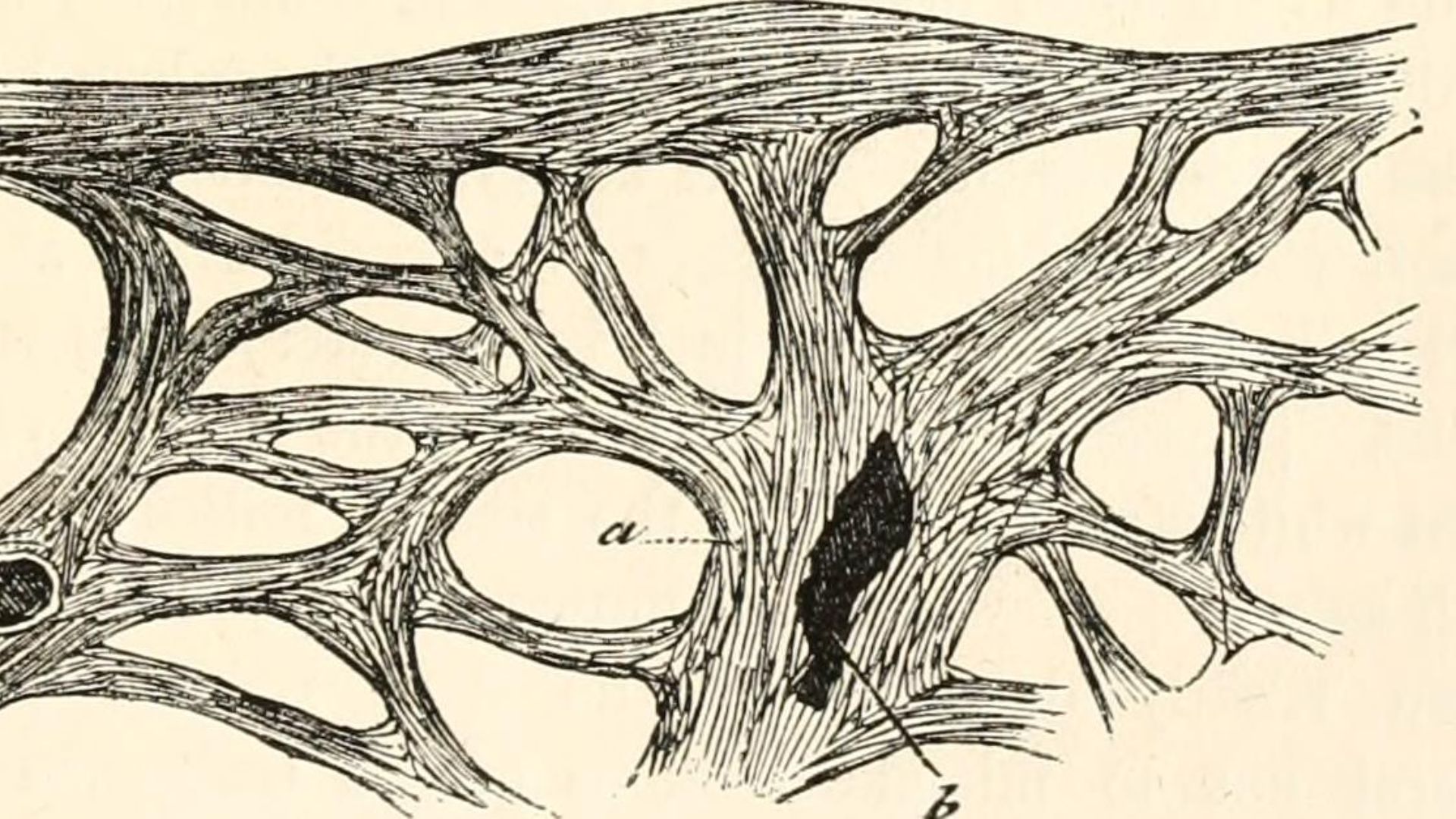 Internet Archive Book Images on Wikimedia
Internet Archive Book Images on Wikimedia
4. Vin Mariani
Why snort it when you can just drink it? (We’re not advocating for either.) In the 1860s, French chemist Angelo Mariani brought us his patented medicinal drink that contained 6mg of the powdered stuff per one fluid ounce of wine. It was touted as a great way to drive up your energy, and was mainly marketed to creative types like musicians and authors.
5. Crocodile Patties for Birth Control
Look, it was ancient Egypt, and we didn’t have all the answers yet. As a way to prevent unplanned pregnancies, many women plugged themselves with crocodile dung. It sounds crazy and gross, but historians believe it would have actually made an effective barrier. Thankfully, they also used other stuff like honey and leaves.
6. Tapeworms for Weight Loss
Oh, you thought today’s fad diets were bad? Victorian women were desperate to stay slim, which often meant swallowing tapeworm cysts until they reached their goal weight. Once the corset fit, they would then need to eliminate it before it caused problems…like headaches, fatigue, or digestive blockages (if they weren’t already affected).
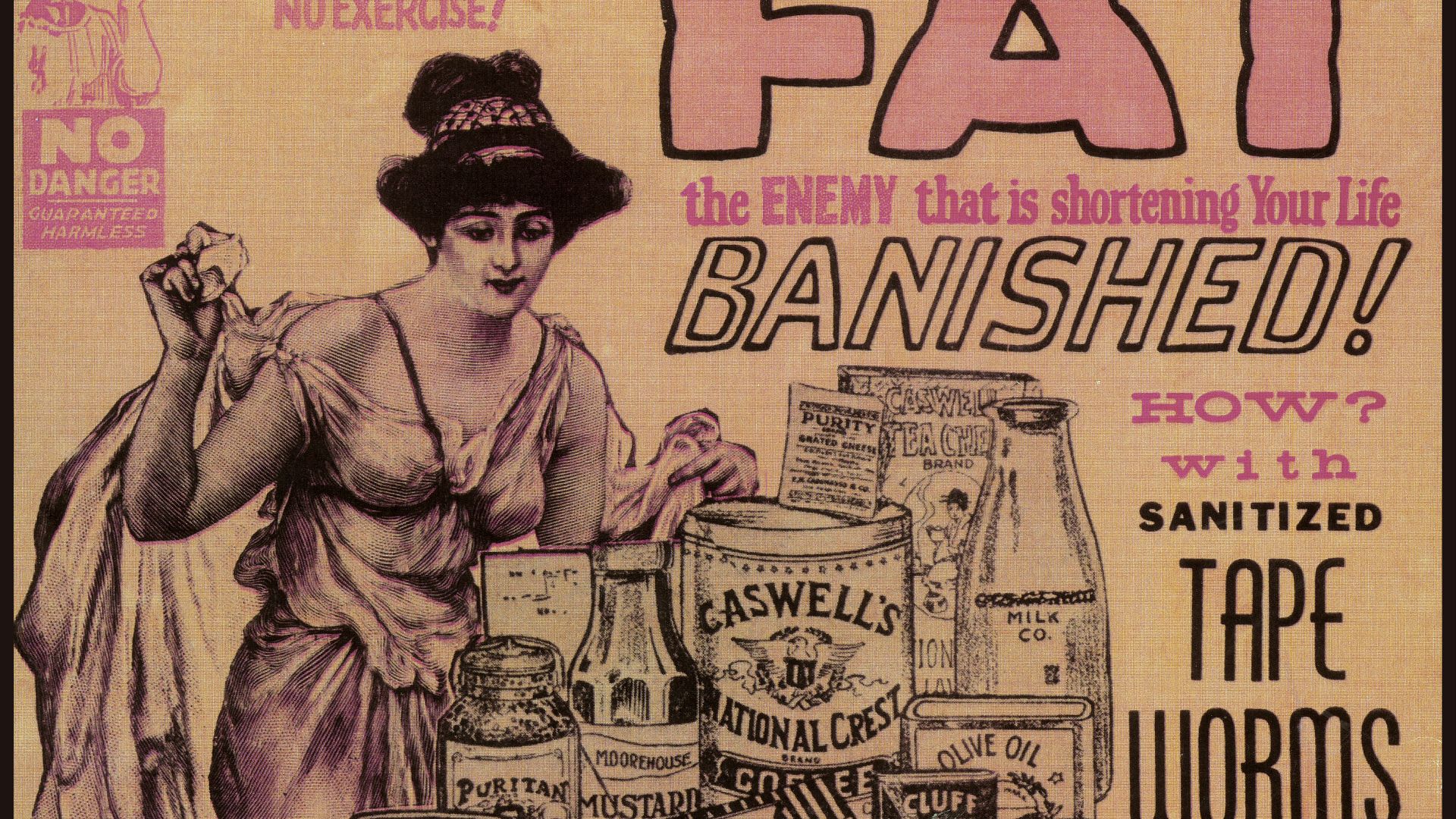 The U.S. Food and Drug Administration on Wikimedia
The U.S. Food and Drug Administration on Wikimedia
7. Lobotomies
Mental illness got you down? It’s nothing a little 20th-century lobotomy can’t fix. Unfortunately, despite any real evidence supporting the procedure, this was doctors’ go-to cure. The main idea was that it targeted specific lobes in the brain, which would then “cure” patients of symptoms.
8. Bloodletting
Bloodletting was actually one of the oldest remedies docs had. It traces back well over 3,000 years to the ancient Greeks and Romans. The idea was that by draining patients of blood, doctors would prevent or even cure disease. Even though it carried well into the 19th century, doctors eventually figured out that it’s more trouble than it’s worth.
9. Cigarettes…for Asthma
No, we’re not kidding. 19th-century doctors used to prescribe cigarettes for a lot of respiratory troubles, including asthma. Technically, the boxes did state that they only provided temporary relief, but they also said anyone with hay fever or head colds could indulge, too. At least they specified that children under six should keep away.
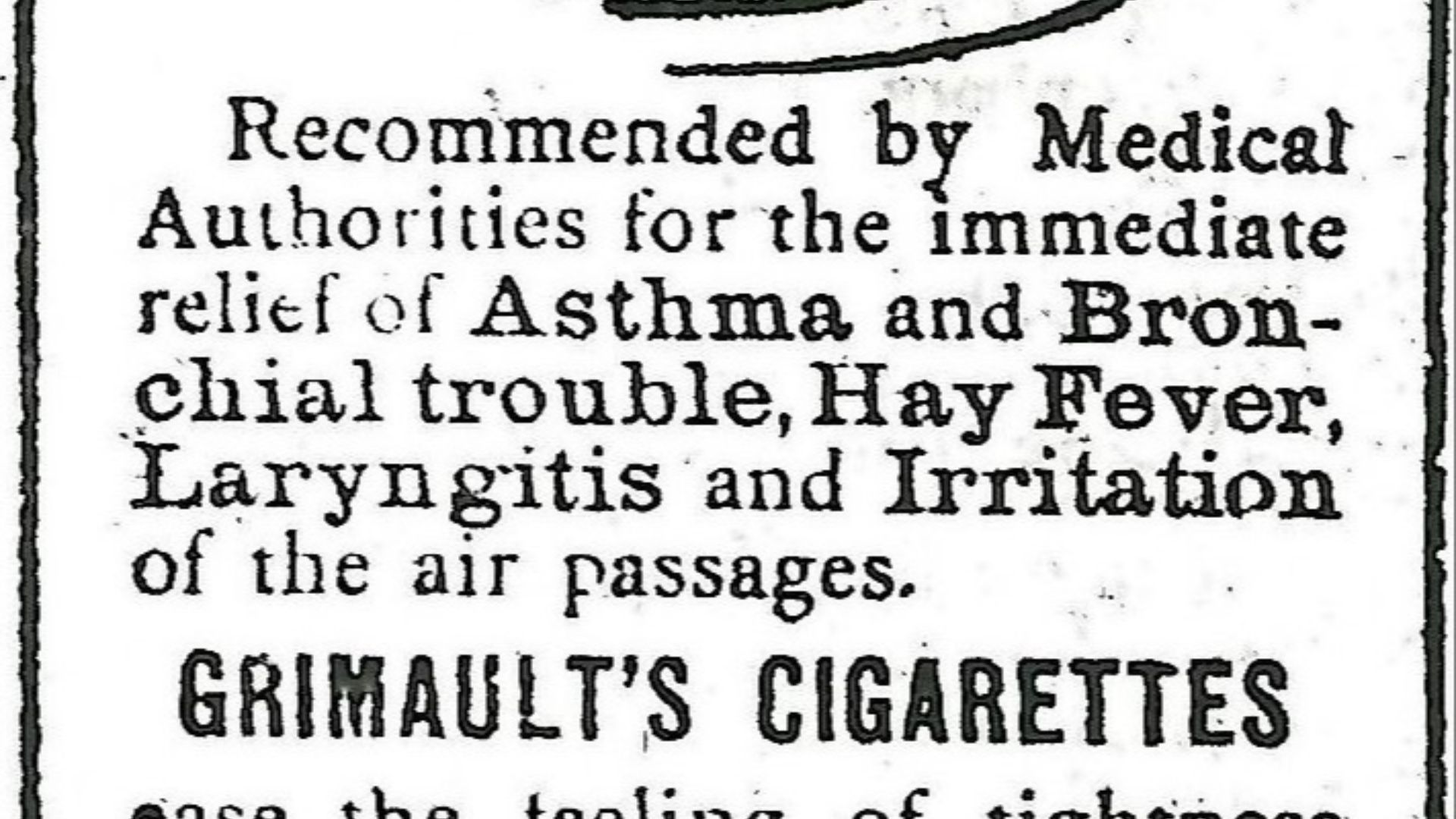 Unknown authorUnknown author on Wikimedia
Unknown authorUnknown author on Wikimedia
10. Mrs. Winslow’s Soothing Syrup
A 25-cent cure-all full of alcohol and morphine? Look no further than Mrs. Winslow’s Soothing Syrup, folks. In the mid-19th century, this concoction was touted for teething and gut problems alike. It wasn’t until later that people noticed the high death rate among infants who were subjected to it.
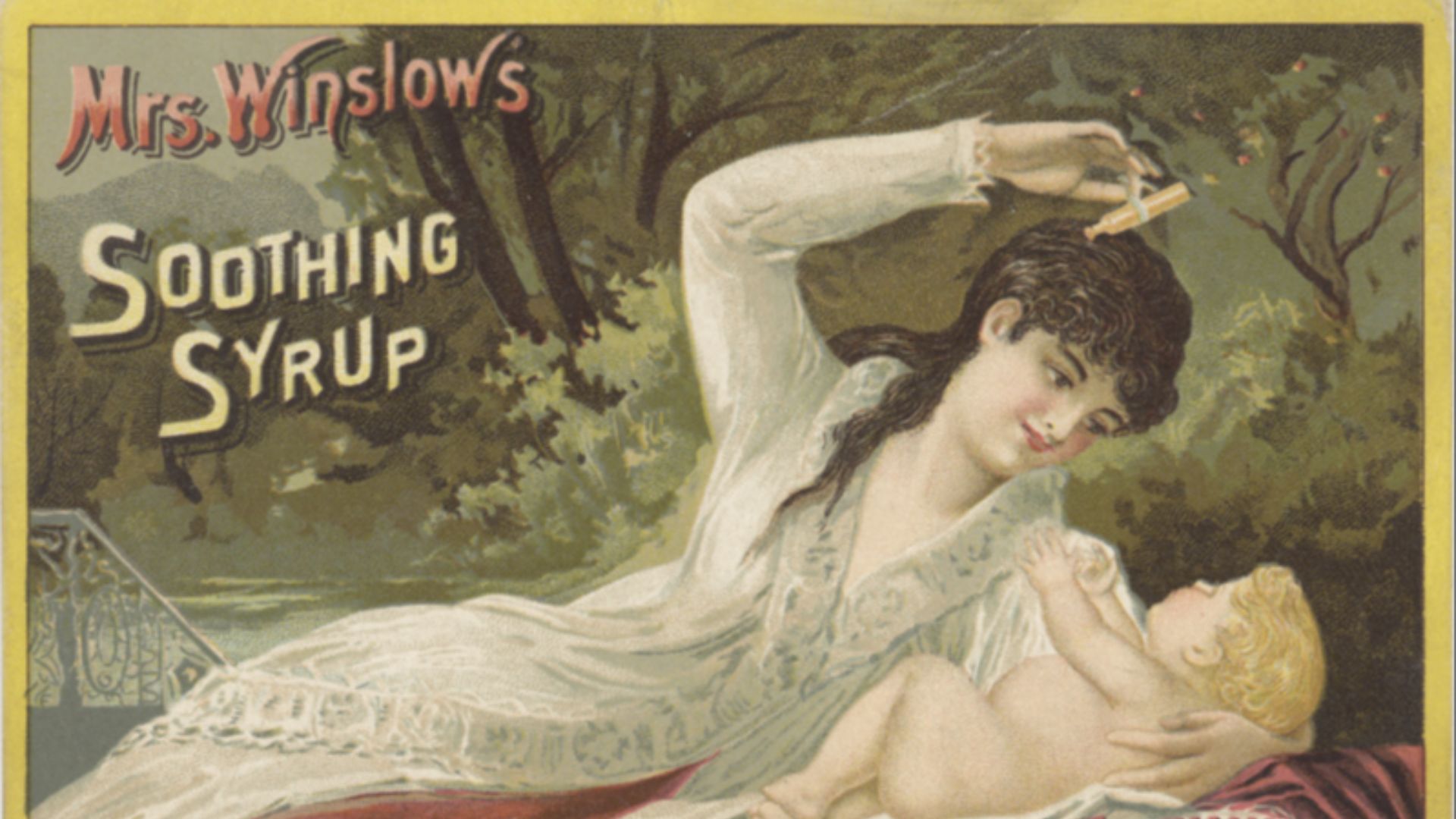 Miami U. Libraries - Digital Collections on Wikimedia
Miami U. Libraries - Digital Collections on Wikimedia
11. Dead Mice for Toothaches
If morphine doesn’t interest you, you can always rub a dead mouse on your teeth. (Please don’t.) Ancient Egyptians would turn to deceased mice for toothaches, either by grinding them into an applicable paste or sticking half of it in their mouths.
12. Chloroform for Asthma
Asmathics just can’t catch a break. As insane as it sounds to us now, this treatment made the rounds in books and newspapers alike. Patients were instructed to daub a few drops onto their handkerchiefs and inhale until the symptoms stopped. The tragedy was that some patients would accidentally inhale too much, causing their demise.
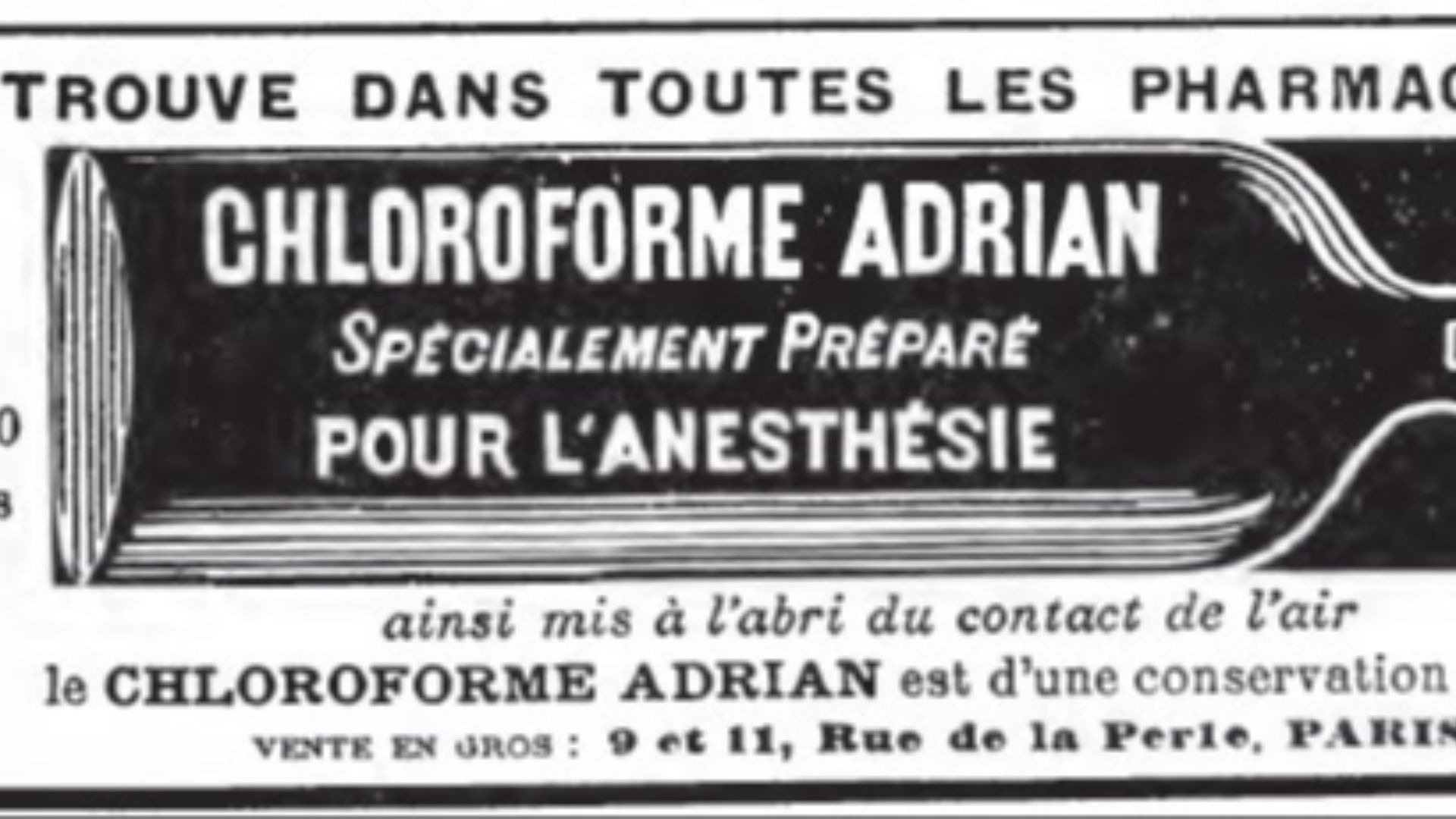 Unknown authorUnknown author on Wikimedia
Unknown authorUnknown author on Wikimedia
13. Trepanation
Historians traced trepanning back 7,000 to 10,000 years ago, with actual archeological evidence proving it to be one of the earliest surgical procedures. Doctors would attempt to cure anything from headaches to epilepsy by drilling a hole into the skull. As time went on, the procedure only evolved to try to cure head trauma and brain lesions.
14. Tobacco Smoke Enema
Well, that’s one way to blow smoke up someone’s backside. Strangely, this 18th-century medical practice was actually used pretty commonly. Liquid tobacco was used for hernias, while tobacco smoke was often reserved for intestinal problems or even the resuscitation of drowning victims.
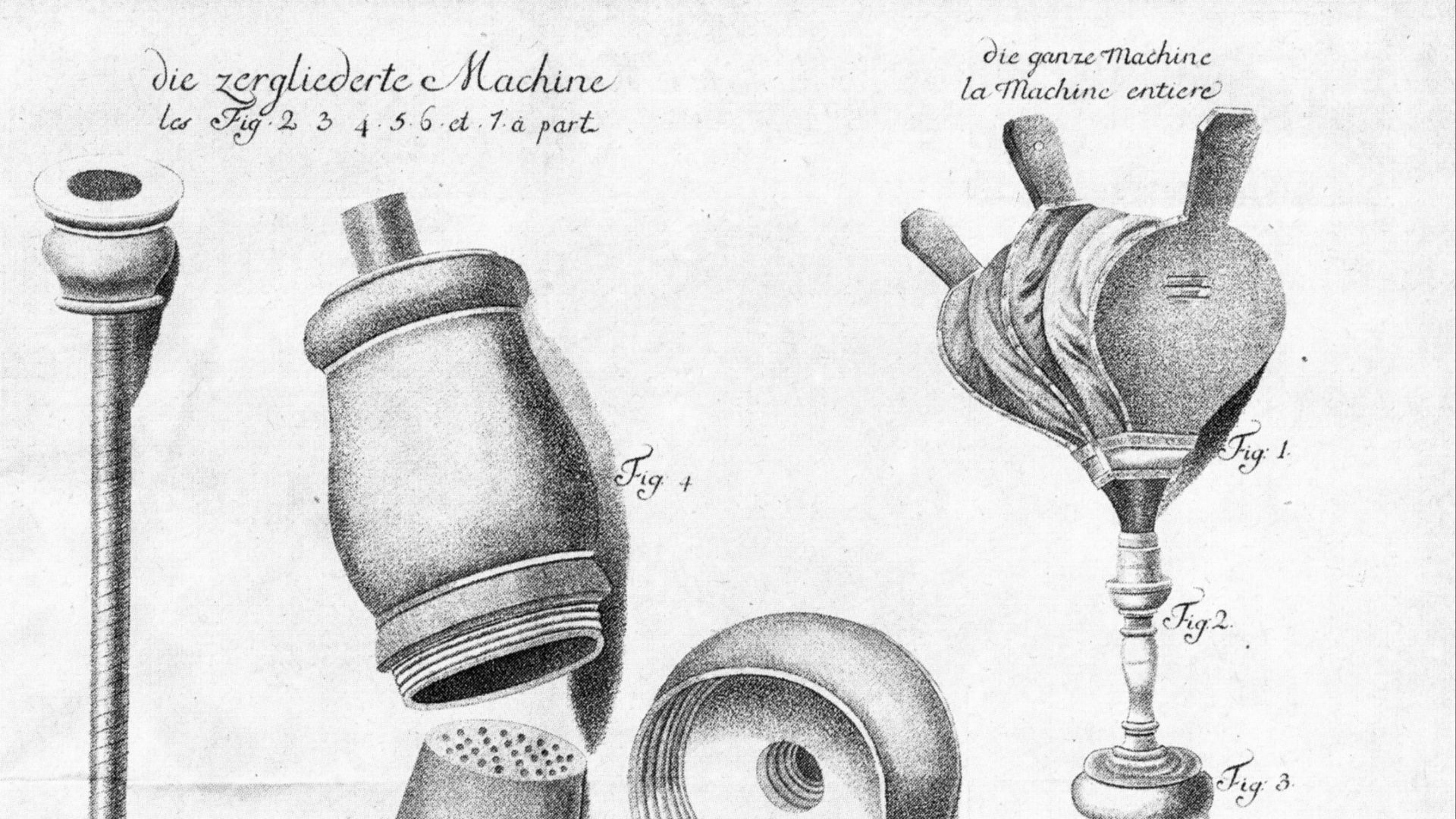 Unknown authorUnknown author on Wikimedia
Unknown authorUnknown author on Wikimedia
15. Diethyl Ether for Anesthesia
In the 19th century, doctors made do with what they had—that included ether, a highly flammable substance, for anesthesia. Though it’s archaic nowadays, the innovation was revered as a crucial step forward in the field. Safer anasthetics were introduced by the mid-1960s.
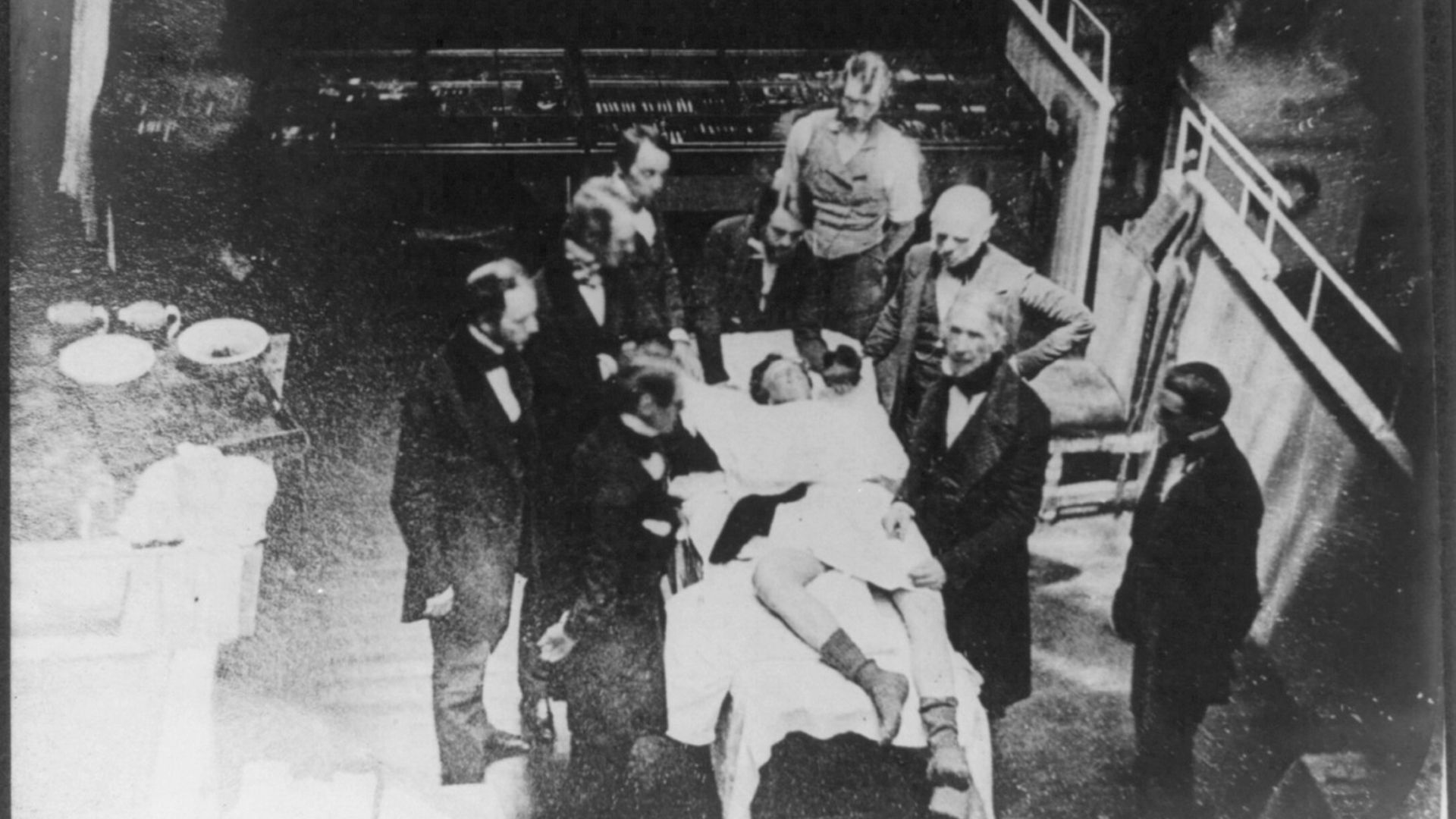 Miscellaneous Items in High Demand, PPOC, Library of Congress on Wikimedia
Miscellaneous Items in High Demand, PPOC, Library of Congress on Wikimedia
16. Hydrotherapy for Mental Illness
Hydrotherapy is hardly new, even in today’s world, but not every asylum adopted a healing approach. Instead of warm baths and relaxing cold plunges, patients were submerged underwater until they lost consciousness. At other times, patients had cold water dumped on their heads.
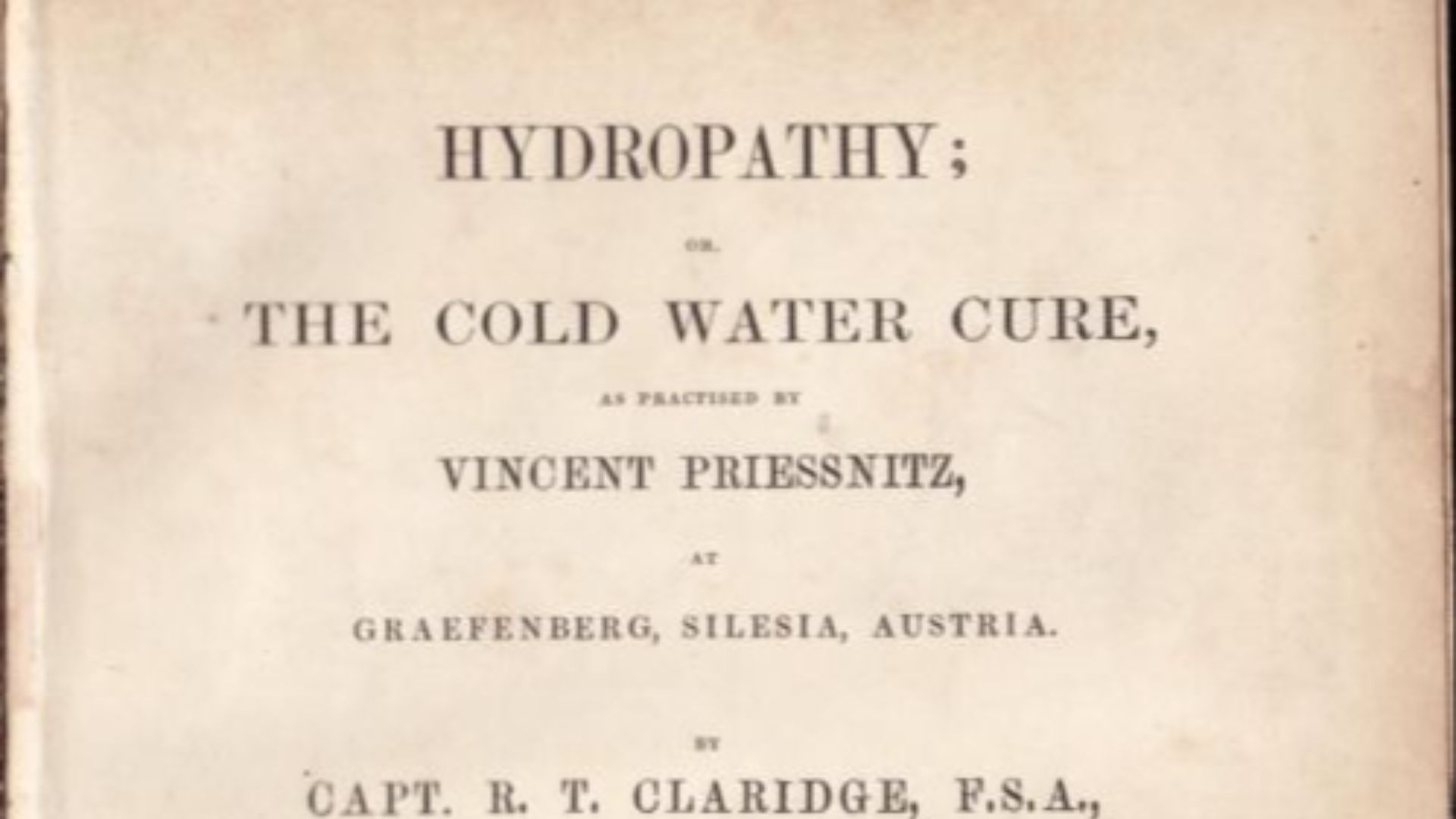 w:Captain R. T. Claridge on Wikimedia
w:Captain R. T. Claridge on Wikimedia
17. Fowler’s Solution
This general tonic was first introduced in the 1700s by physician Thomas Fowler. It contained 1% potassium arsenite and was initially sold as a cure for syphilis and malaria. However, it also remained a sought-after solution for cholera and eczema—until it was eventually discontinued.
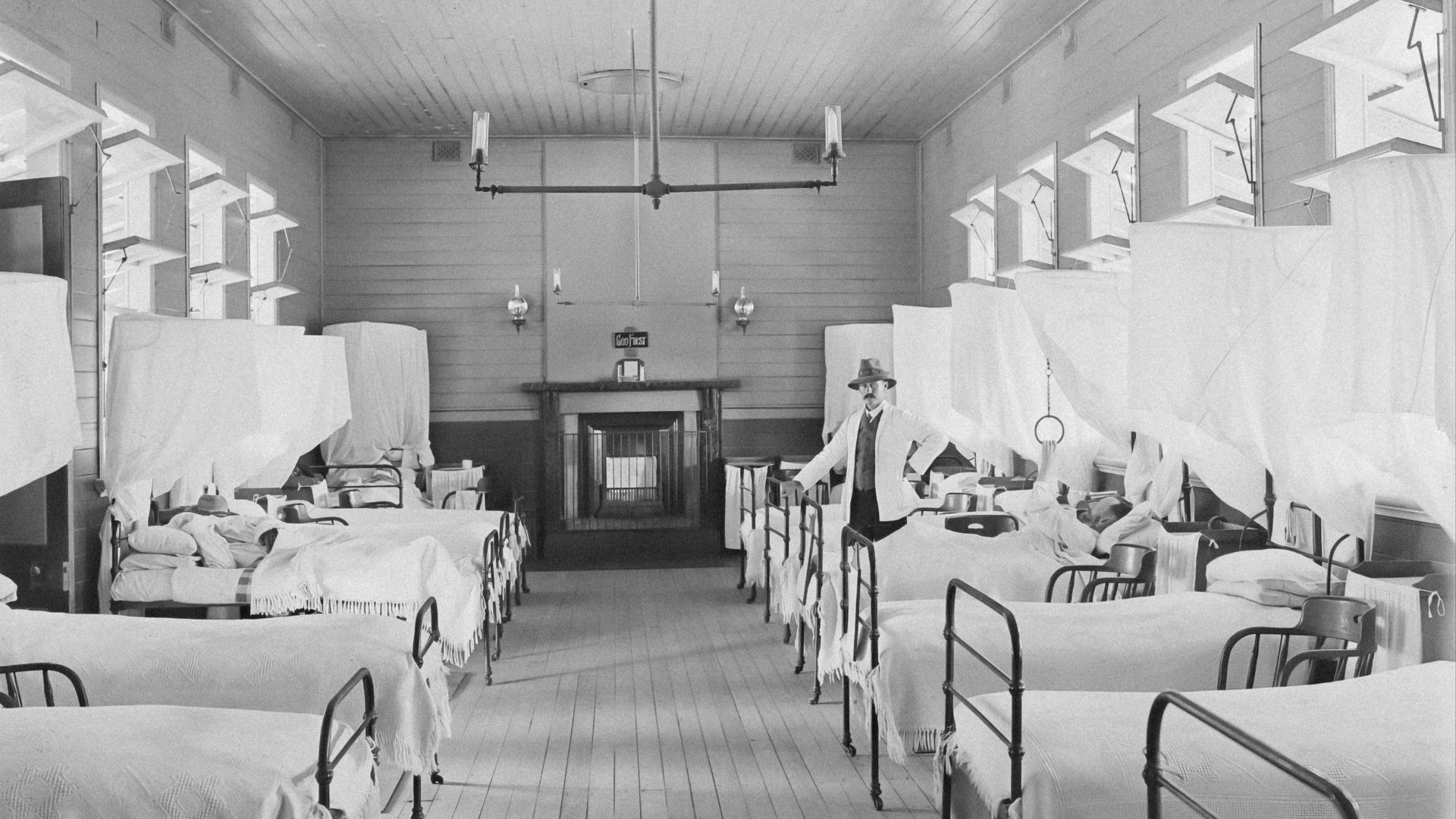 Museums of History New South Wales on Unsplash
Museums of History New South Wales on Unsplash
18. Hemiglossectomy for Stutters
This procedure actually still exists today; most commonly used to remove cancerous tumors, hemiglossectomies weren’t always a necessary treatment. In the 18th and 19th centuries, doctors used this as a way to “cure” stutters. As you can imagine, it was highly ineffective.
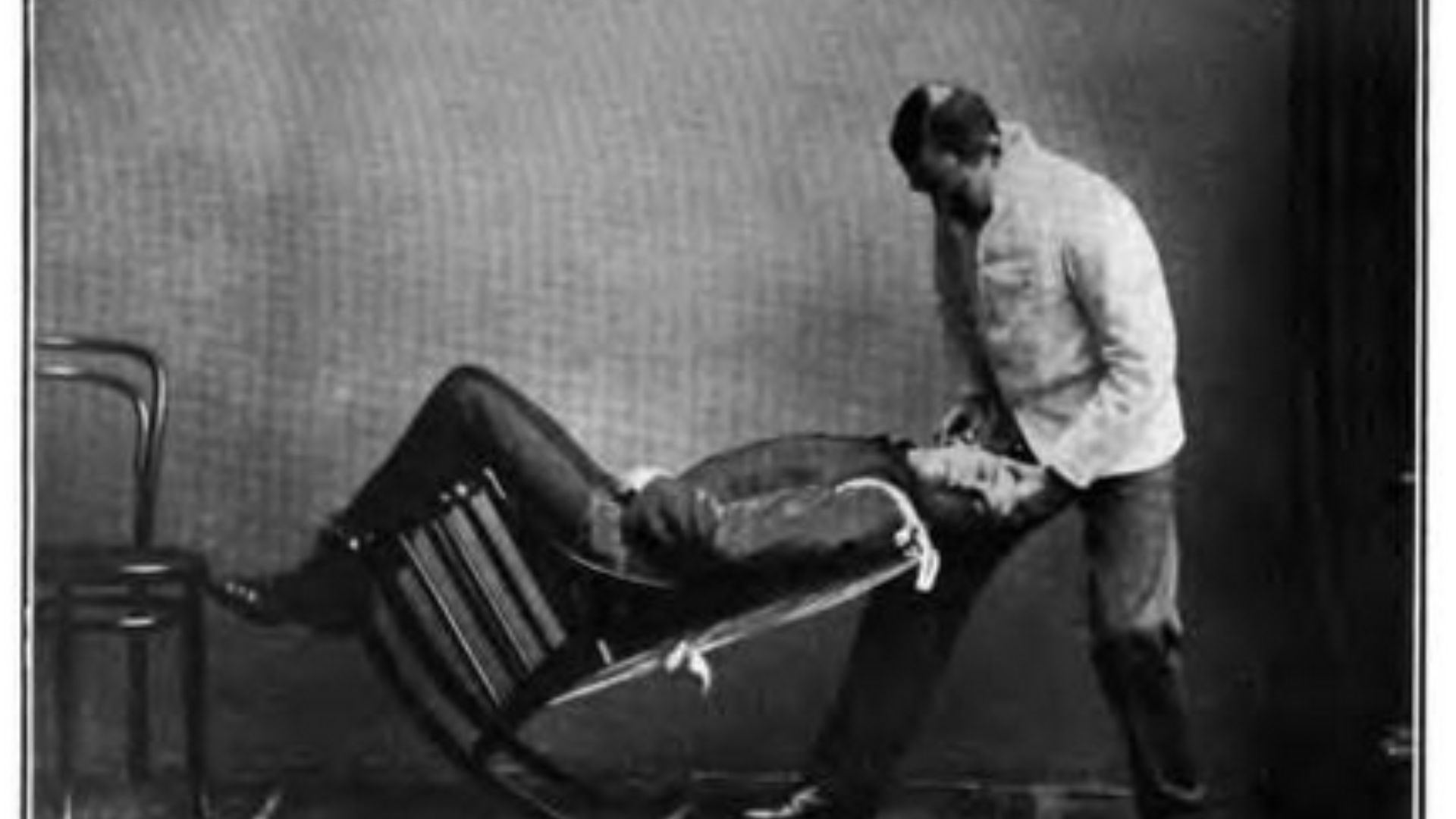 Unknown authorUnknown author on Wikimedia
Unknown authorUnknown author on Wikimedia
19. The Iron Lung
Though some people today still use it, the iron lung is hardly commonplace anymore. Initially used as a cure for polio, this contraption was the original respirator. It was first introduced by John Mayow in the 1600s and received plenty of use throughout the 1940s and 50s during the polio epidemic.
20. Malariotherapy
Otherwise known as malaria therapy, the practice was first introduced in 1917 by Julius Wagner-Jauregg. He believed he could cure syphilis by inducing fevers. How, you ask? By deliberately infecting patients with malaria. As insane as it sounds, he actually saw some success with it and was even awarded the Nobel Prize in Medicine in 1927.
KEEP ON READING

The Clueless Crush: How I Accidentally Invited a Hacker Into…
Fluorescent Lights and First Impressions. My name is Tessa, I'm…
By Ali Hassan Nov 4, 2025
This Infamous Ancient Greek Burned Down An Ancient Wonder Just…
History remembers kings and conquerors, but sometimes, it also remembers…
By David Davidovic Nov 12, 2025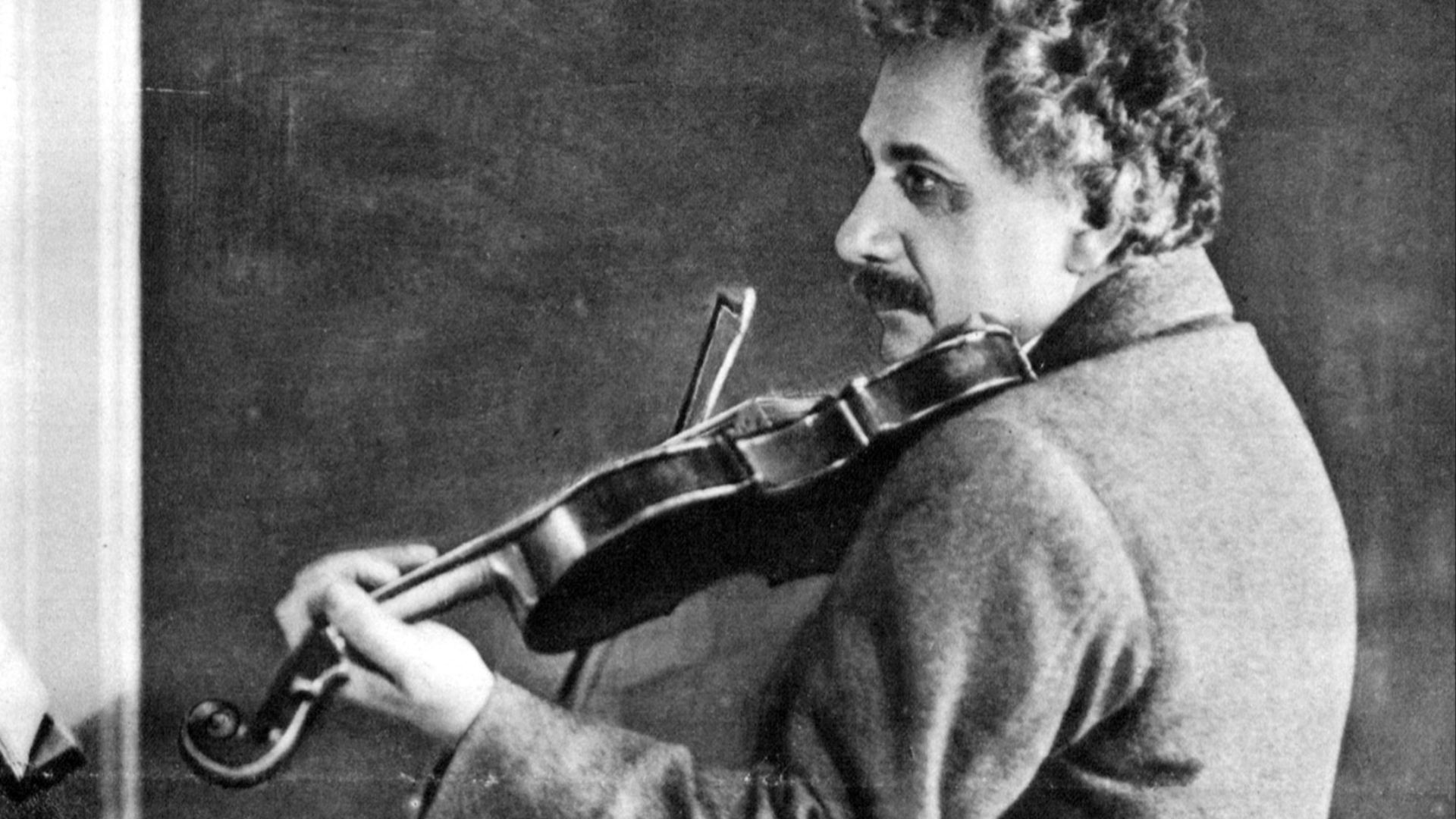
Einstein's Violin Just Sold At An Auction—And It Earned More…
A Visionary's Violin. Wanda von Debschitz-Kunowski on WikimediaWhen you hear…
By Ashley Bast Nov 3, 2025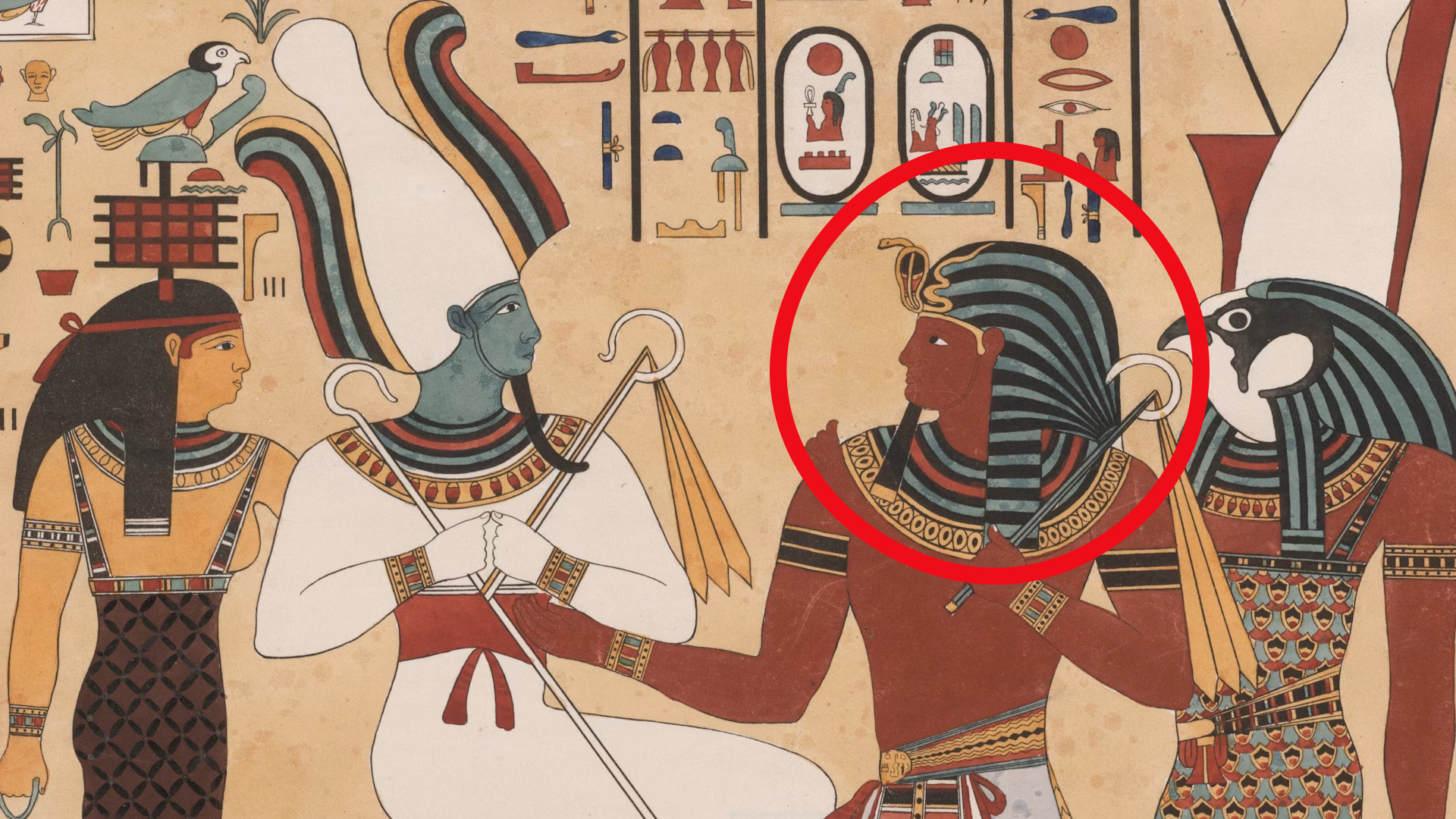
The Mysterious "Sea People" Who Collapsed Civilization
3,200 years ago, Bronze Age civilization in the Mediterranean suddenly…
By Robbie Woods Mar 18, 2025
20 Inventors Who Despised Their Creations
Made It… Then Hated It. Inventors often dream big, but…
By Chase Wexler Aug 8, 2025
MH370: The Plane That Can't Be Found
Anna Zvereva from Tallinn, Estonia on WikimediaEleven years after Malaysia…
By Christy Chan Dec 10, 2025

